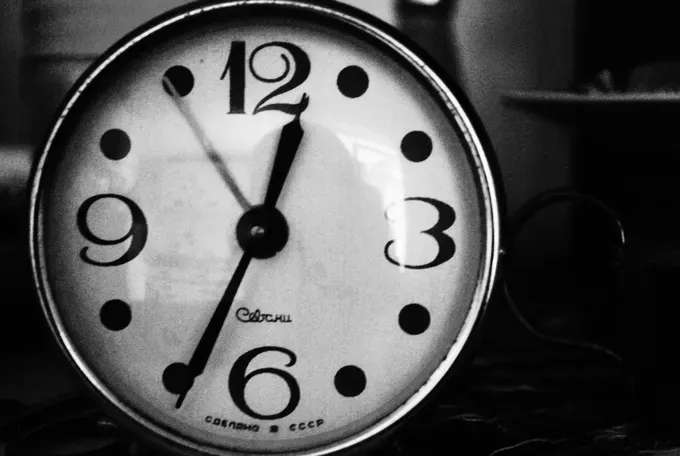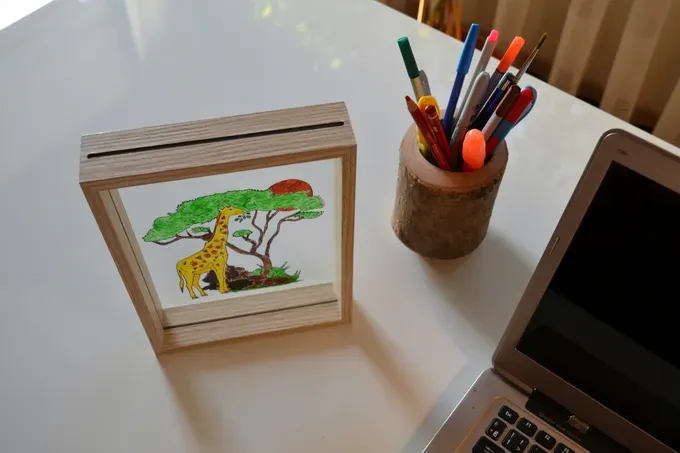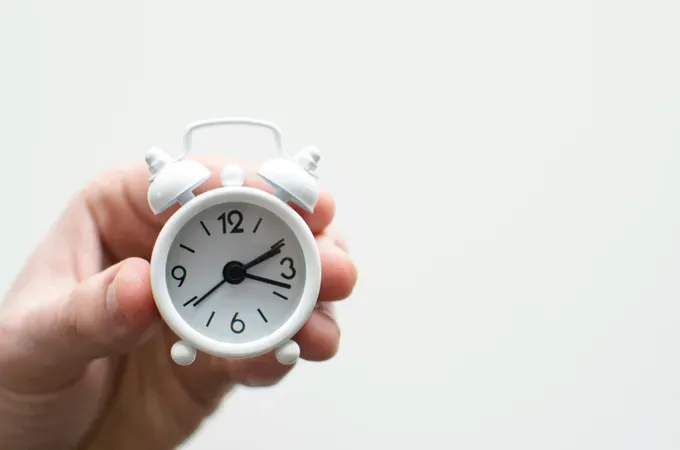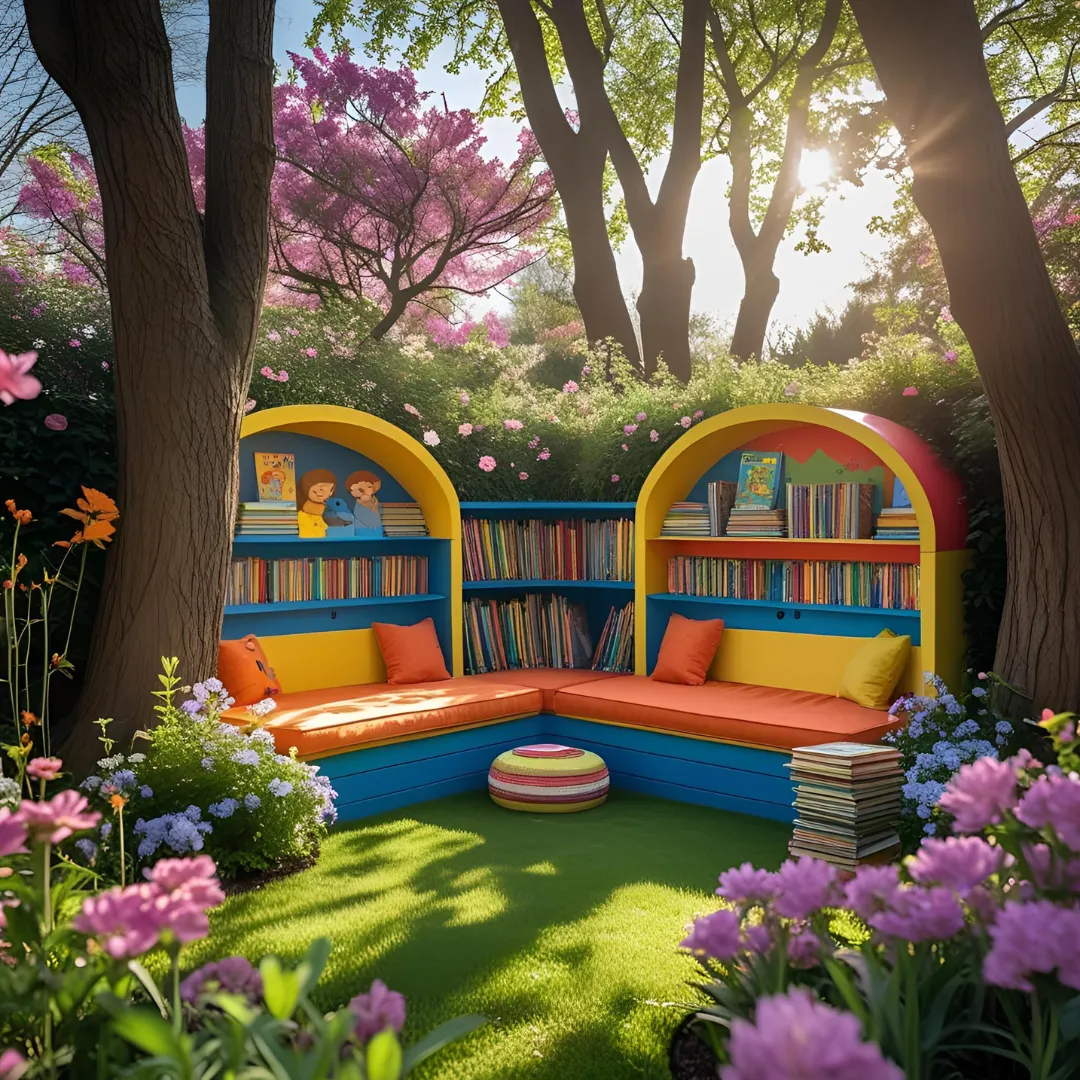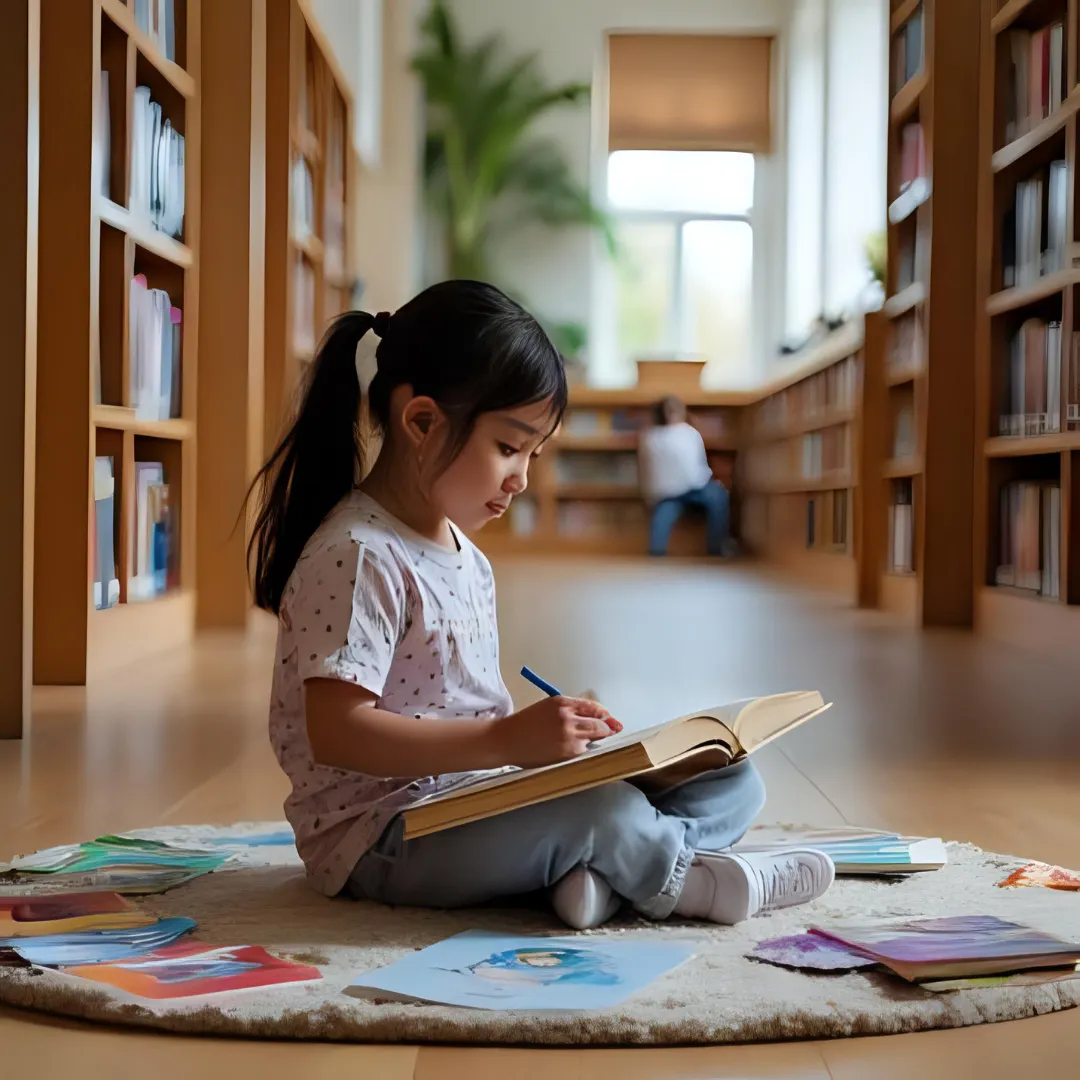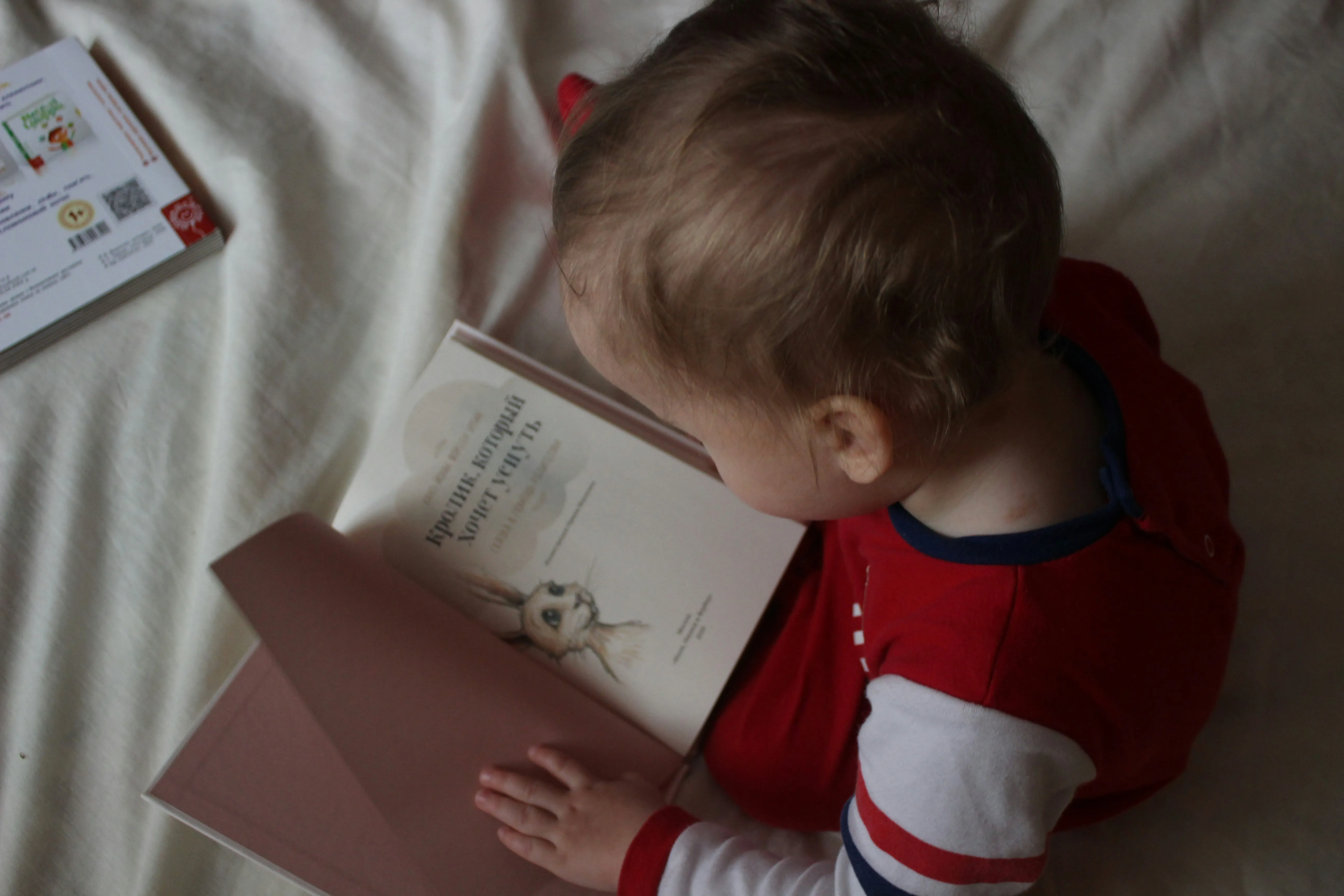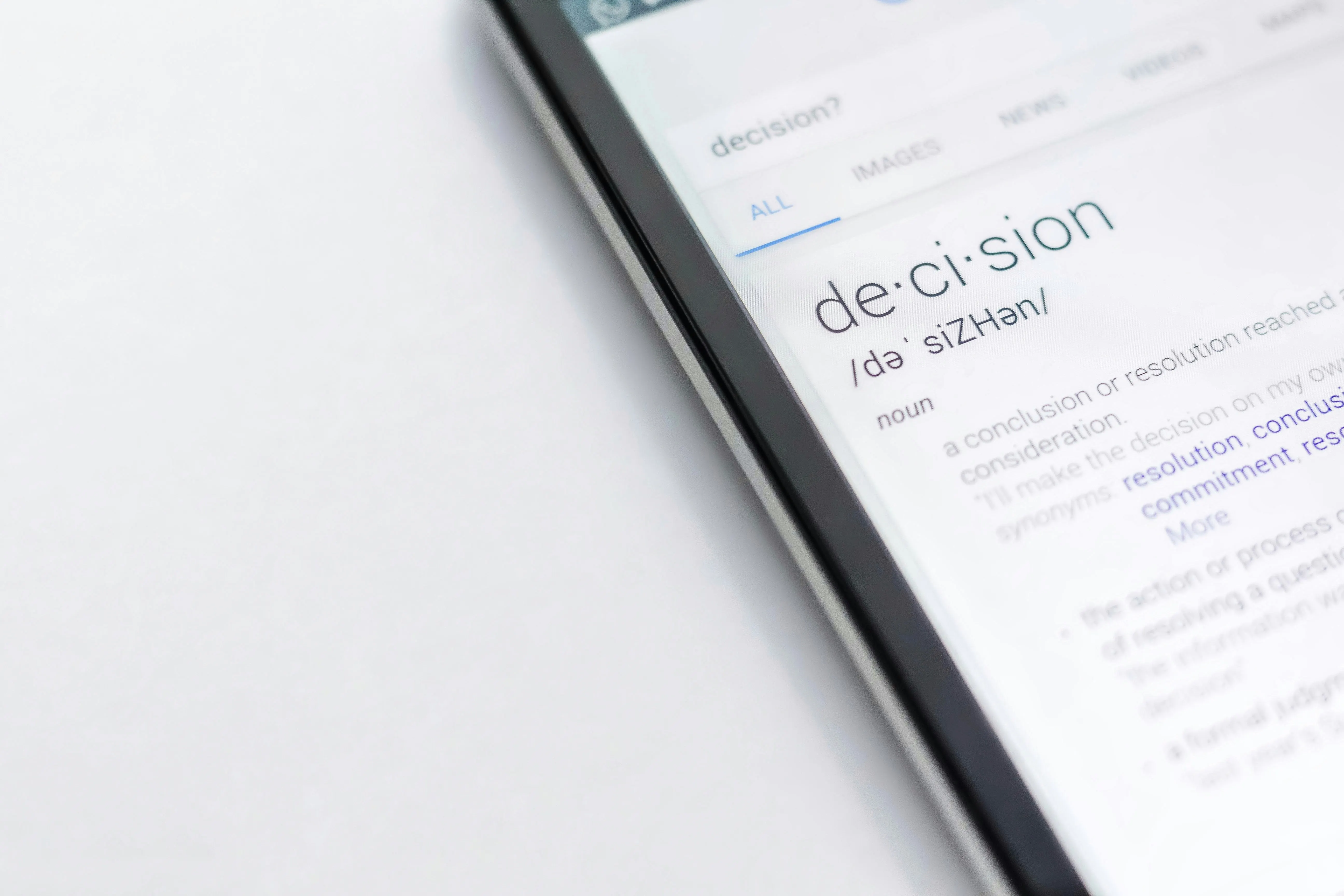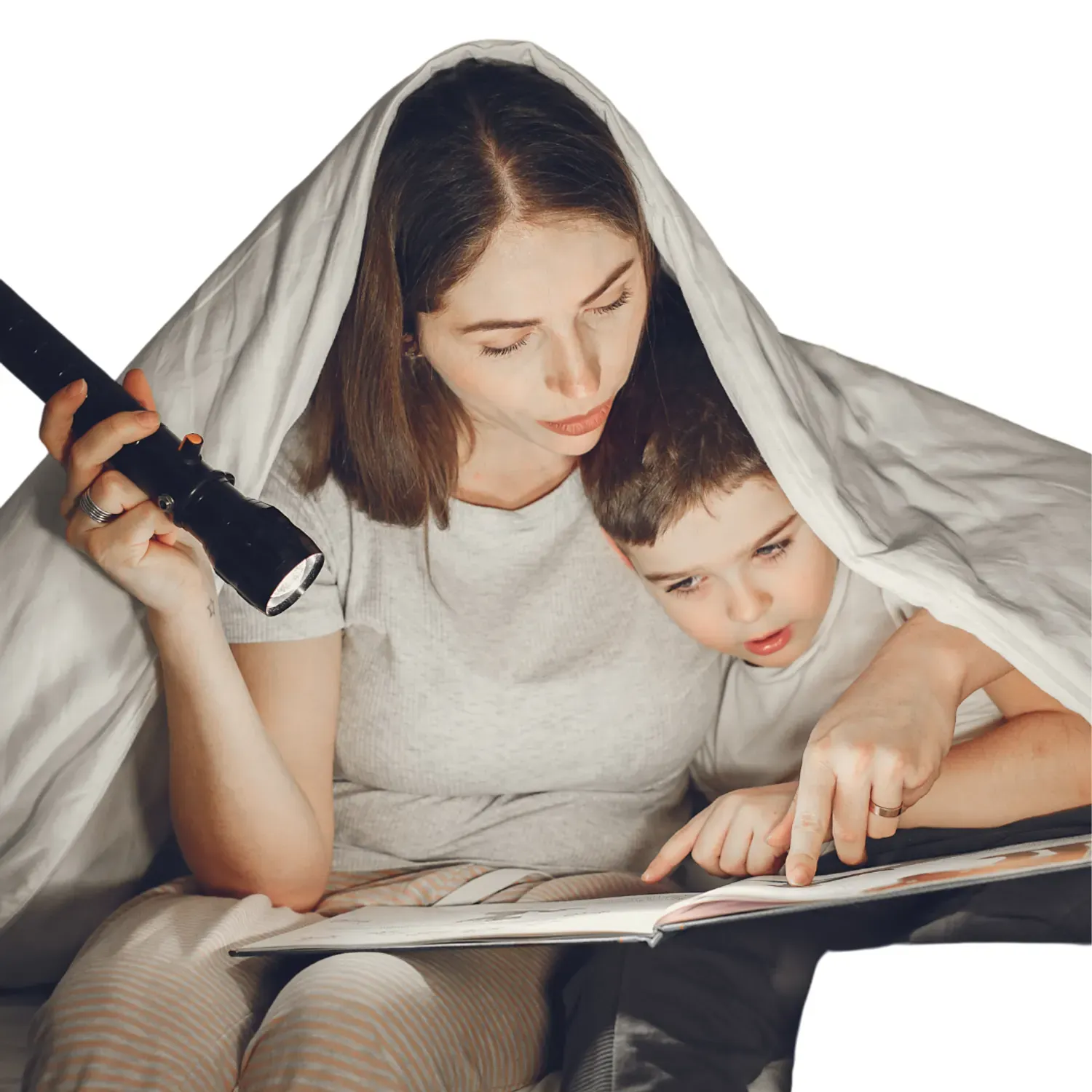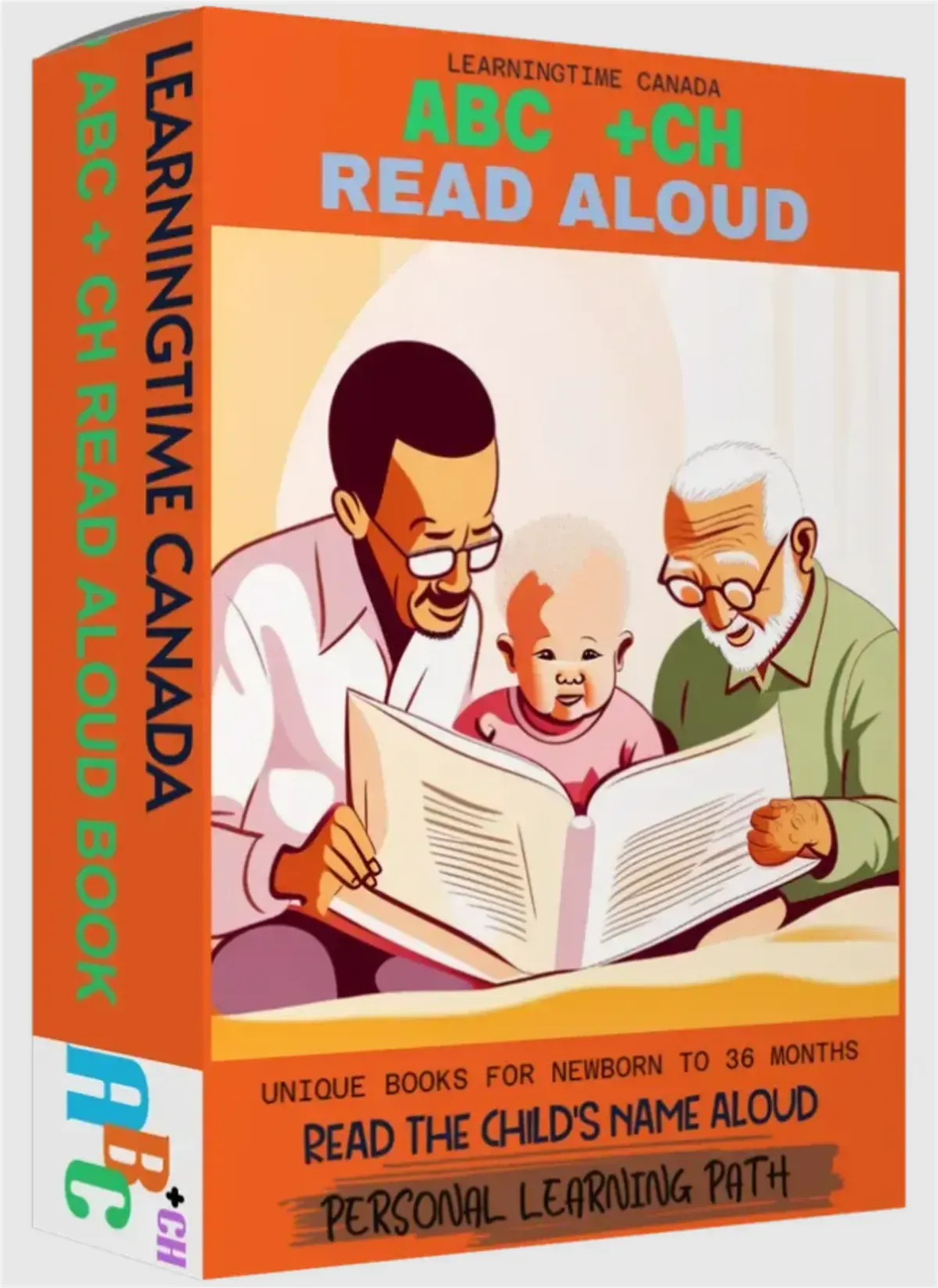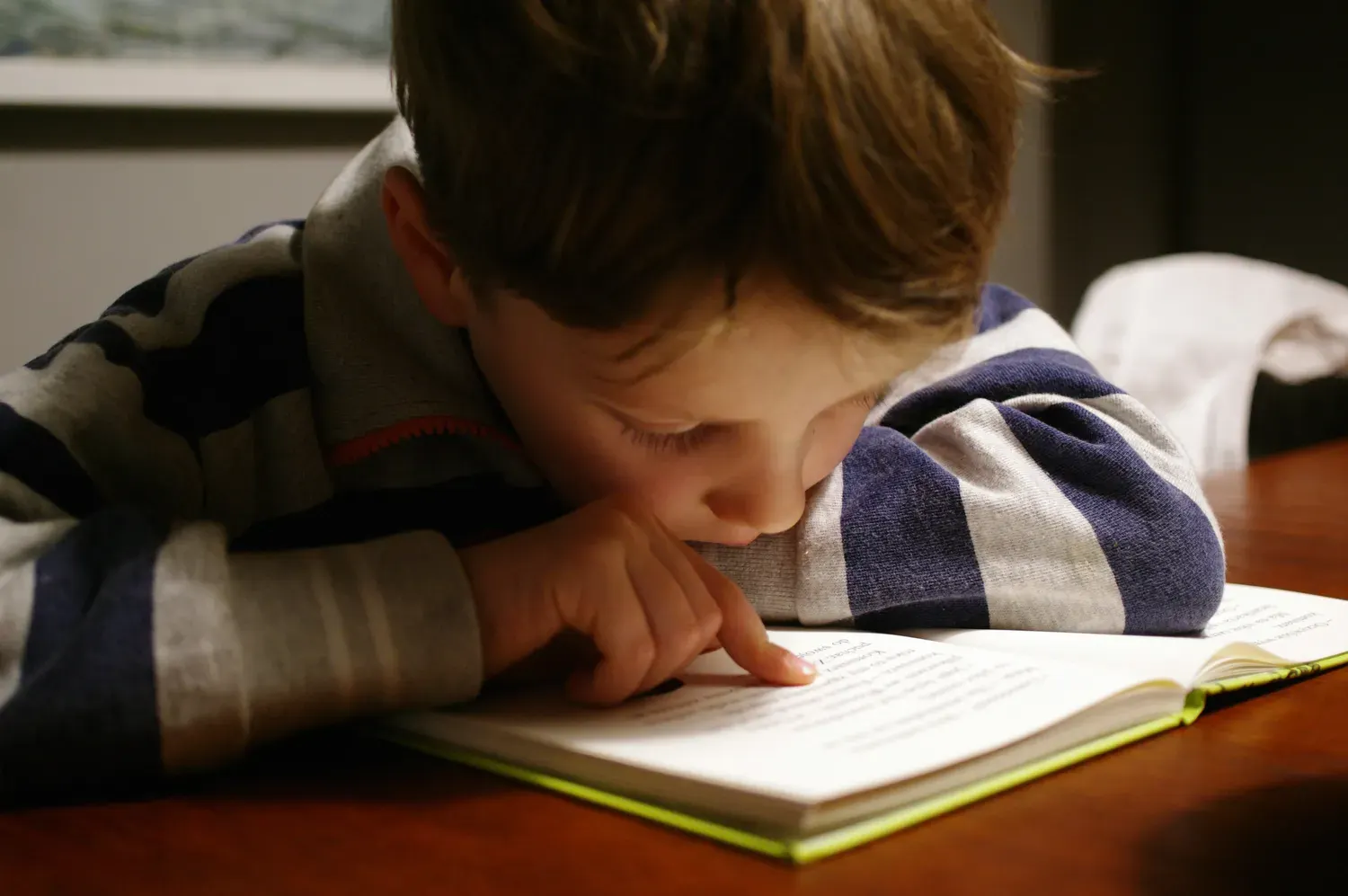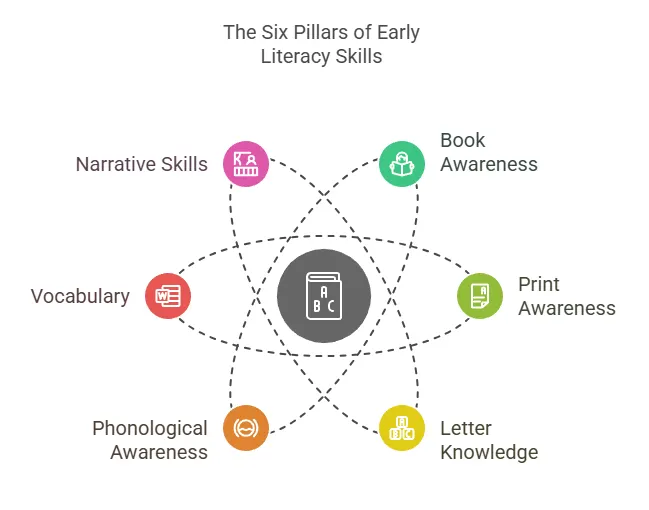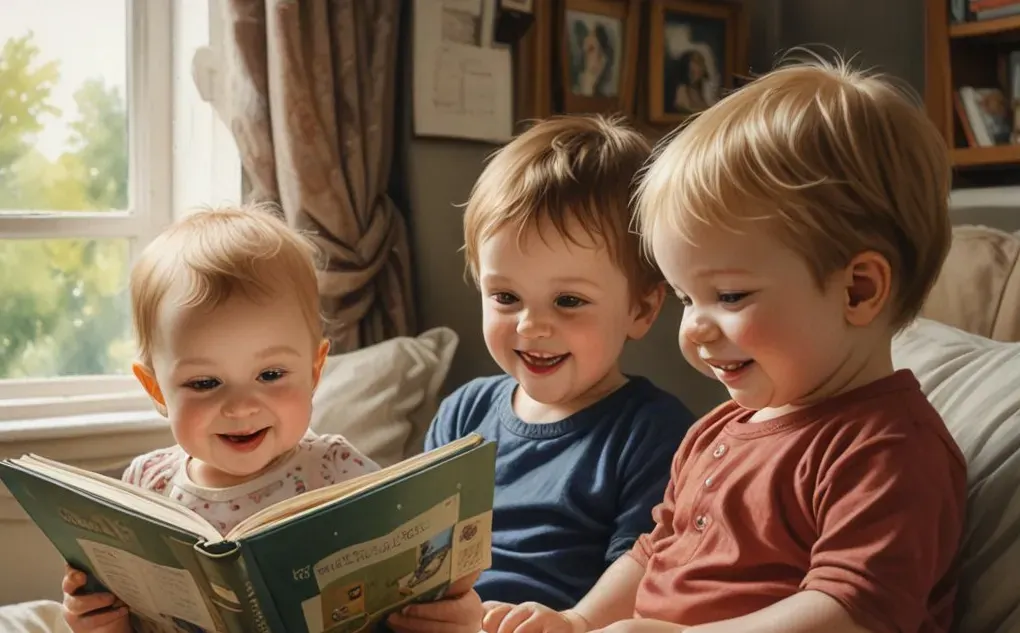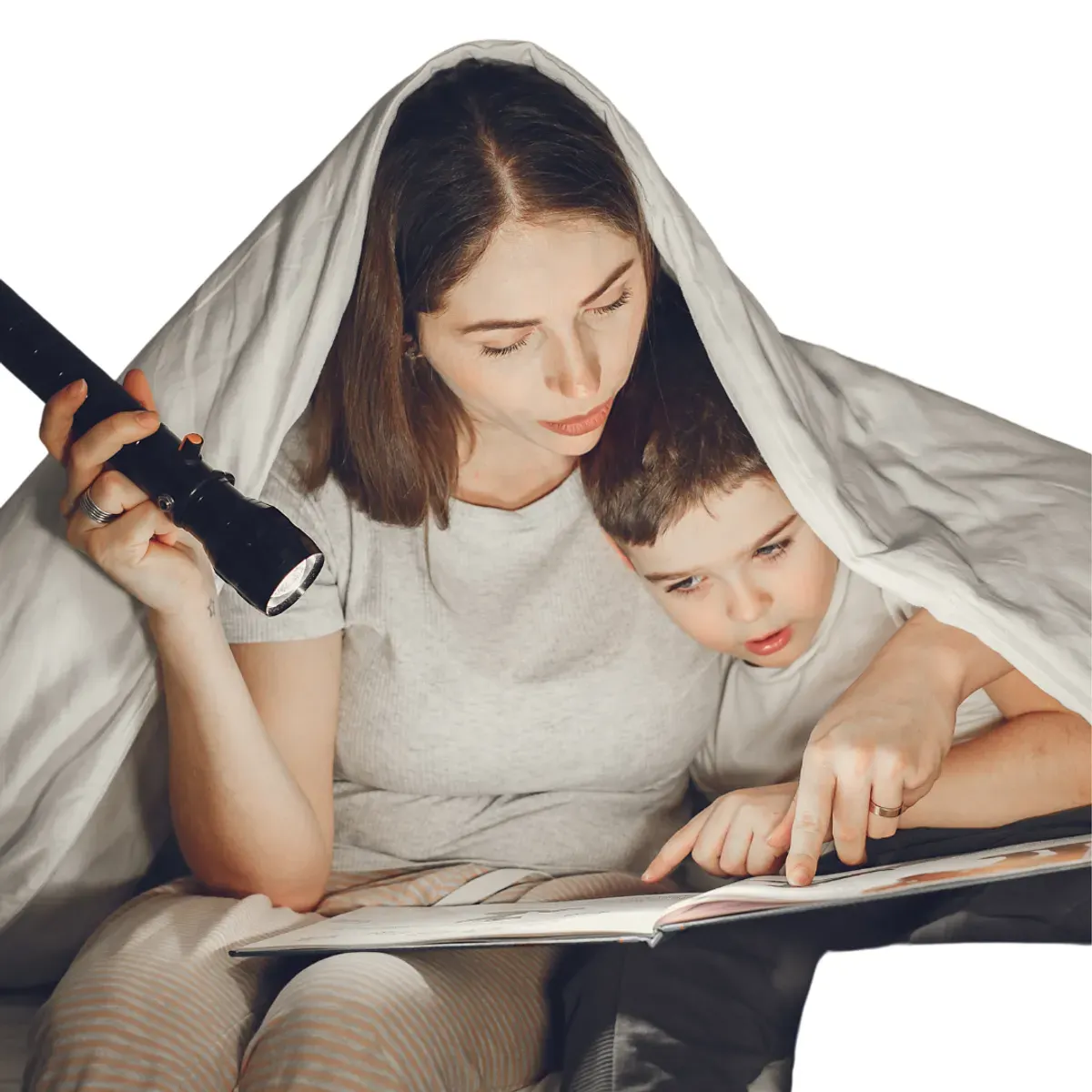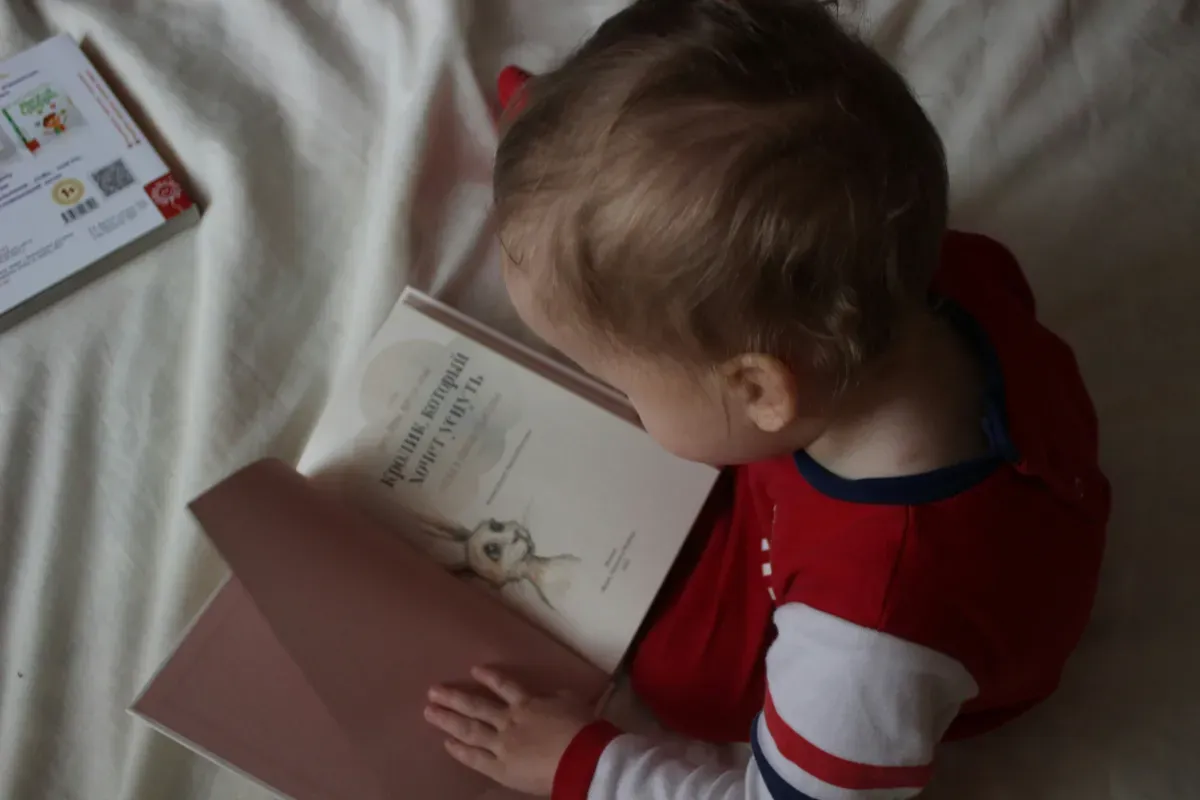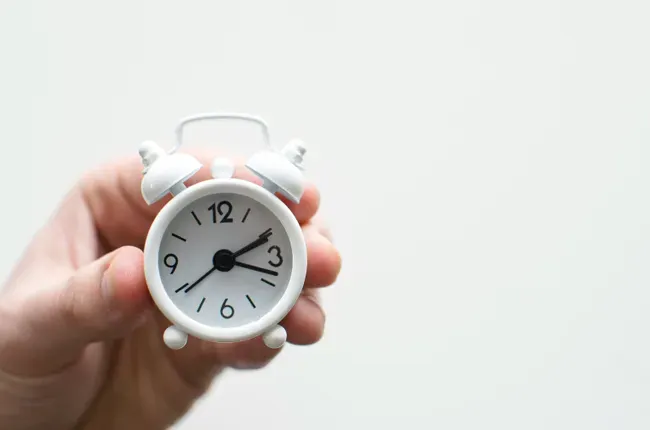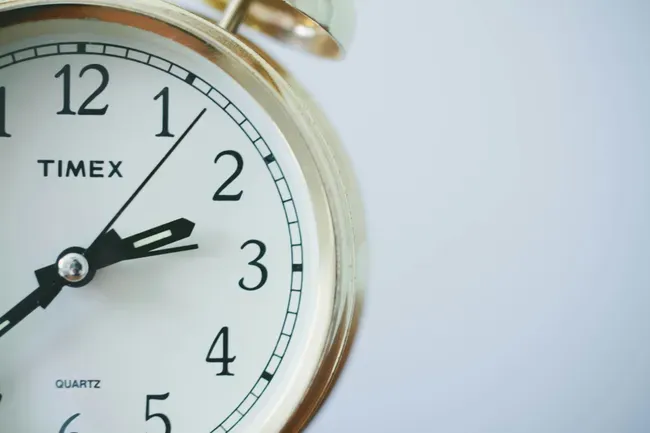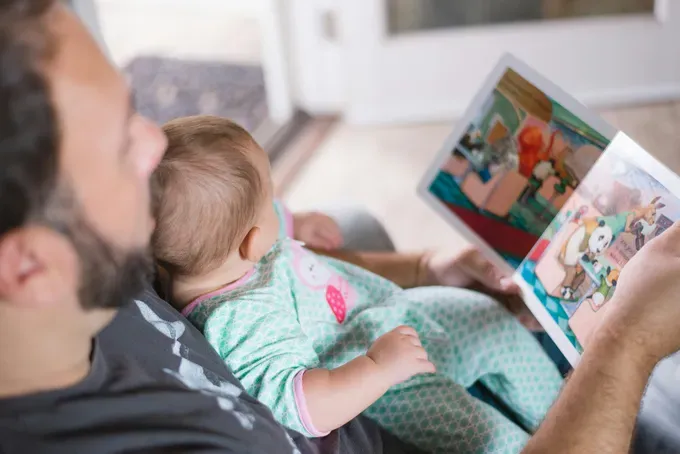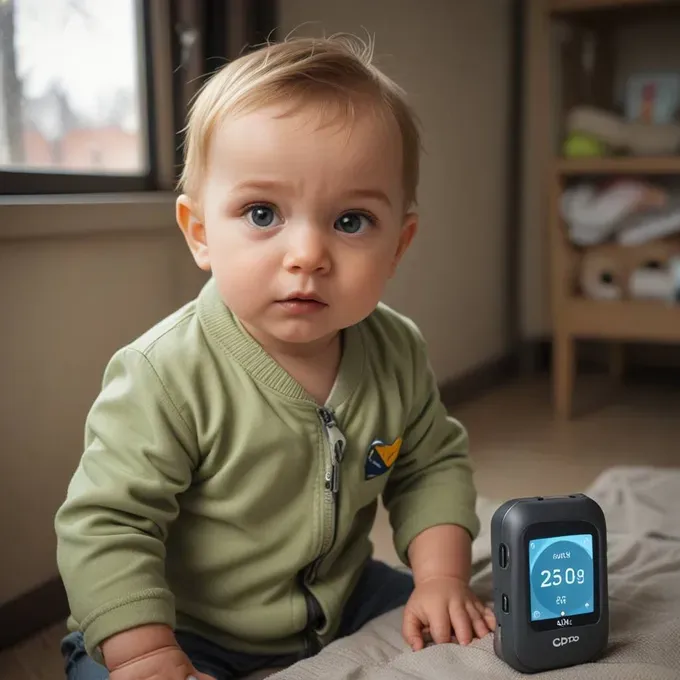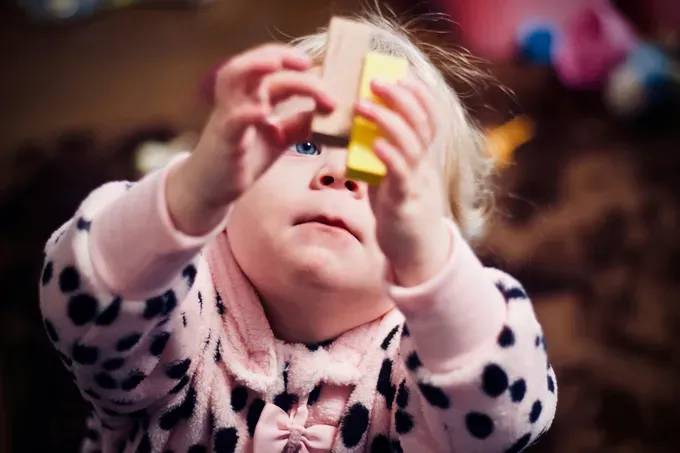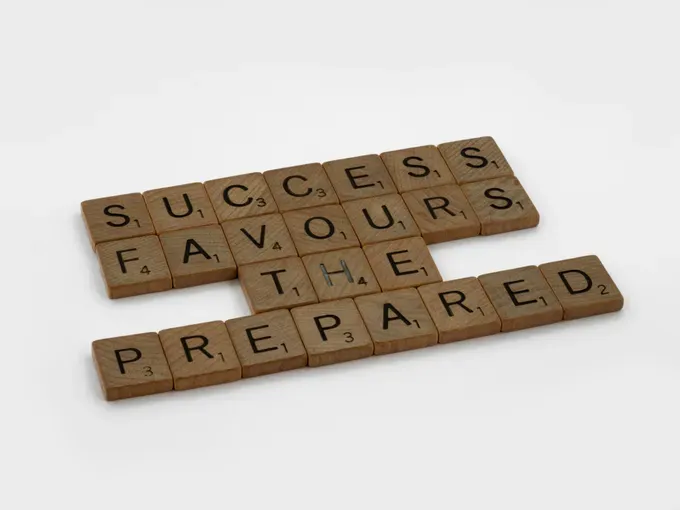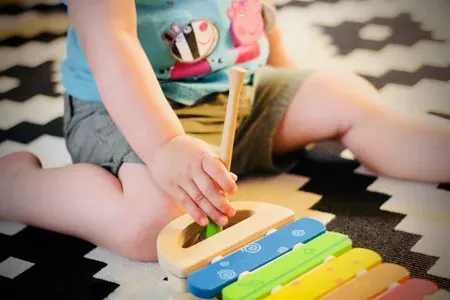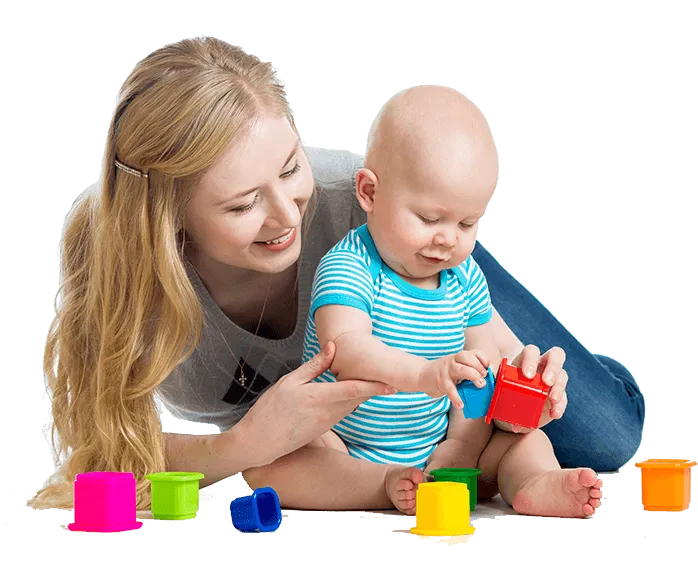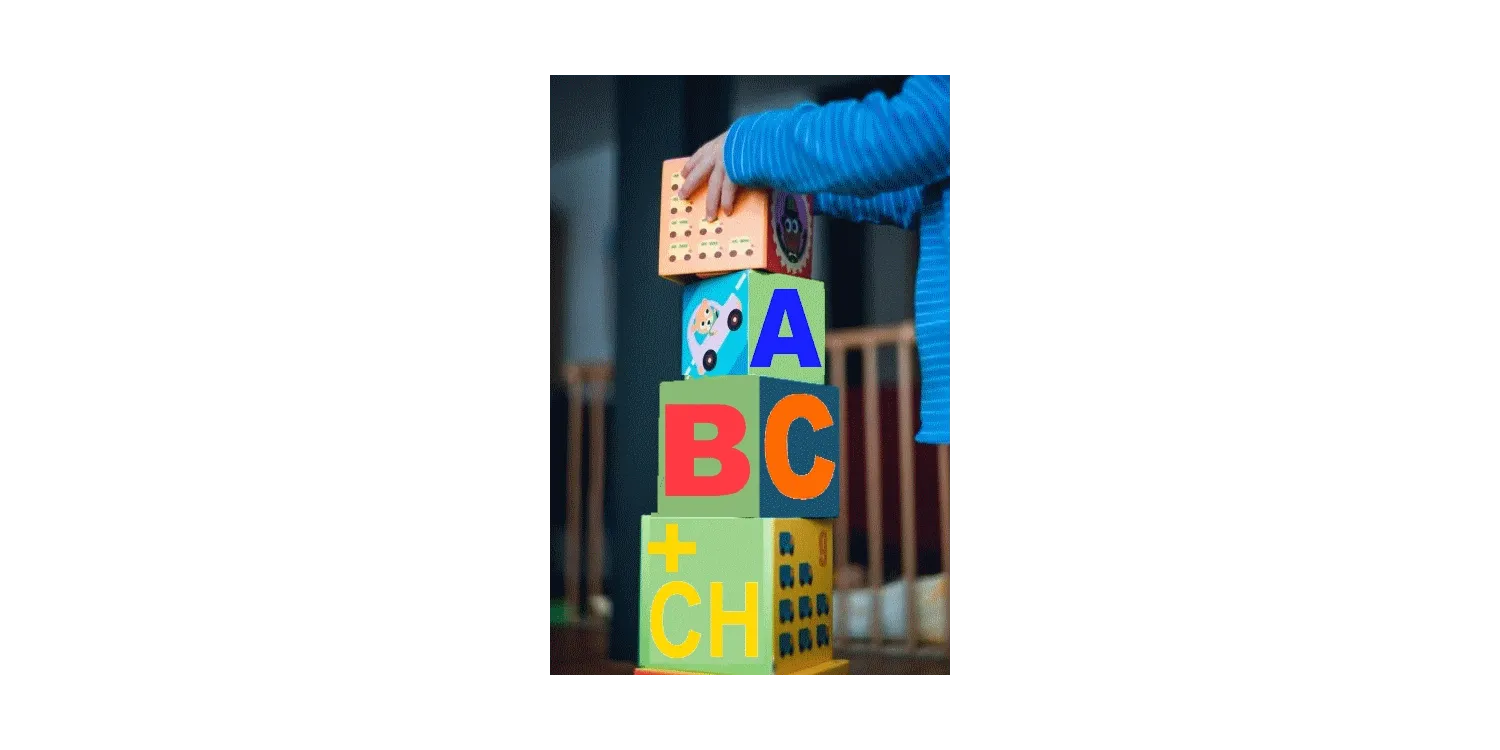Teach Your Child How To Tell Time
Beginner's Guide: Learn How to Tell Time
Key Highlights:
- Learning to tell time is an important skill that helps kids be independent and manage their time well.
- Start by explaining what time is, including hours, minutes, and seconds, with examples they can relate to.
- First, use an analog clock to help your child see how time moves, then show them digital clocks.
- Make learning fun with visual aids, games, and real-life experiences.
- Be patient and keep encouraging them. Celebrate small successes to build your child's confidence in telling time.
Introduction
Teaching your child to tell time is a fun part of their growth. It may feel challenging at the start, but with patience and the right way, you can help them learn this important skill. This guide will show you how to use an analog clock to help your child understand time before they learn about digital clocks.
Keep in mind, that being positive and making learning enjoyable are very important. This will make the experience rewarding for both you and your child.
Understanding the Basics of Time
Before we talk about how a clock works, we should first understand what time is. It's good to use simple examples that kids can relate to. You can tell them that time tells us when to wake up, eat, play with friends, and go to bed.
Use common activities to show the passing of time. For example, you can say that brushing their teeth takes around a minute, or that a TV show usually lasts for about half an hour. By connecting time to things they know well, they will understand it better.
The Concept of Time in Everyday Life
Start by talking about the basic units of time: seconds, minutes, and hours. Explain that the shortest hand on the clock is the second hand. This hand moves quickly around the clock face, counting seconds. There are sixty seconds in one minute, and this is shown by the slightly longer minute hand while the little hand displays the hour.
Next, mention that sixty minutes make one hour. The hour hand moves to the next number to show this change. You can relate these time units to your child's everyday activities. For example, say, "It takes about one minute to sing the alphabet song," or "We'll have lunch in half an hour."
Encourage your child to watch the movement of the clock hands during the day.
This will help them understand how time passes and see how the different units of time connect with each other.
Analog vs. Digital Clocks: A Comparison
There are two main types of clocks:
- analog
- digital
Analog clocks are often used to help children learn about time. They have a round face with numbers and moving hands.
Digital clocks, like the ones on phones, digital watches, and smartwatches, show time in numbers. It’s good for your child to learn about both types.
An analog clock can be easier for kids to understand at first. The hands move to help them see the time passing. Meanwhile, digital clocks are more common in today’s tech-focused world.
Here is a comparison:
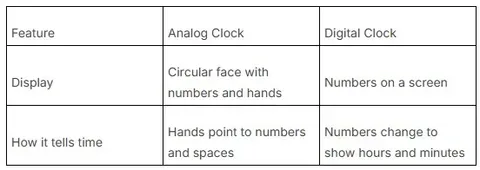
Start by getting the right tools.
You need a large analog clock that has clear markings and a positive attitude. A calm and supportive place will really help your child learn. Keep in mind that learning to tell time takes time, so be patient.
Next, focus on one idea at a time. After your child knows about the hour hand, you can talk about the minute hand.
Celebrate small wins along the way. Make learning fun and interactive!
Essential Tools and Resources for Learning
As your child starts to learn the basics, having the right tools can help a lot. Here are some good ideas:
- Physical Analog Clock: An analog clock with a big face and clear numbers is great for kids who learn visually. Let your child touch the clock and move the hands to understand how they work.
- Digital Clock: Having a digital clock close by helps you show how time looks different on both types of clocks.
- Worksheets and Games: Fun educational games and worksheets make learning enjoyable. Look for tasks that help your child match digital and analog times, put events in order, and solve word problems about time.
Using these tools gives your child a learning experience that connects with their way of learning.
Setting Up a Learning Environment at Home
When you teach your child to tell time, the setting is important.
- Pick a bright, cozy space where your child can pay attention without distractions.
- A fun and relaxed environment will make your child feel comfortable and ready to learn.
- Think about making a "Time Zone" in your home. This special spot can have a whiteboard or chart paper. Here, you can draw clock faces, practice writing times, and do activities about time together.
- Also, tying time-telling to daily routines can help your child learn better.
- Encourage your child to notice the time during the day. You can say things like, "Look, the minute hand is on the 6, so it's half past the hour."

Step-by-Step Guide to Telling Time
Now that you are ready, it is time to teach how to tell time.
- Start with the hour hand. This is the shorter hand on the clock. Tell your child that when the hour hand moves from one number to the next, a full hour has passed.
- Use simple words. Don’t give too much information at once because it might confuse them.
- After your child understands hours, bring in the minute hand. Share that each number on the clock face shows five-minute sections.
- You can help by pointing to each number and counting by fives.
Step 1: Introduction to the Clock Face
Start by showing the clock face. It's a circle with numbers from 1 to 12. Help your child learn each number by pointing them out on the clock. You can make this fun by drawing your own clock face together.
Next, show the hour hand. This hand is shorter and wider and tells us the hour. Guide your child as they follow the hour hand to see which number it points to.
Then, show the minute hand. This hand is longer and shows the minutes. For younger kids, begin by teaching them to tell time by the hour and a half-hour.
Step 2: Understanding Hours and Minutes
Once your child knows about the hour hand and the minute hand, show them how these hands work together to tell time.
- Start by talking about the hour hand. You can call it the "small hand" or the "short hand."
- Next, talk about the minute hand. This can be called the "long hand" or the "big hand." Let them know that each number on the clock face stands for five minutes.
- You can practice counting by fives as you move the minute hand around the clock, starting from the 12.
- As they get better, teach them the idea of "half past" the hour. Show them that when the minute hand points to the 6, it means it's 30 minutes past that hour.
Practical Exercises for Mastery
Learning is better and more fun when it includes hands-on activities.
- Help your child use their new skill of telling time.
- Get them involved in real-life situations where knowing the time matters.
- You can ask your child what time it is during the day or ask them to set timers for activities like baking or playing games.
- By adding time-related tasks to their daily routines, they will grow their understanding and feel more confident.
Fun Time-Telling Activities for Kids
Children learn best when they are engaged and having fun! Fun activities can change time-telling practice into a great experience for your child. Here are a few ideas:
- Time Bingo: Make bingo cards with different times on them. Call out the times, and let your child mark the right times on their cards.
- What Time Is It, Mr. Wolf?: This classic game is a fun way to learn to tell time to the nearest hour.
- Clock Puzzles: Use puzzles or worksheets where your child matches analog clock faces to the correct digital time.
These activities give good practice and help your child love learning about telling time.
Creating a Daily Schedule Practice
- Keeping a daily routine can really help kids learn to tell time.
- Work with your child to make a visual schedule that shows their daily activities along with the times for each one.
- Use pictures or drawings to show each activity, especially for younger kids who cannot read yet.
- Get your child involved by letting them decorate the schedule or pick where the activities go.
- Hang the schedule somewhere they can see it, like the refrigerator or their bedroom wall. This way, they can check it easily during the day.
This visual guide not only helps them manage time but also shows how activities connect to certain times.
Conclusion
Teaching your child to tell time is an important skill. It helps them understand schedules and routines. You can use fun activities and hands-on exercises to make learning enjoyable. Be patient and supportive during this process. With the right tools and a good environment, your child will learn to tell time quickly. Share your experiences on social media to inspire other parents. Together, we can help our children gain knowledge that will benefit them throughout their lives.
Frequently Asked Questions
At what age can children learn to tell time?
The age when a child is ready to learn about time can be different for each child. This depends on how they grow and what they are ready to understand. Usually, kids begin to understand time between 5 and 7 years old.
What are some common challenges when learning to tell time?
Some common problems children might have include getting mixed up with the hour and minute hands. They may also struggle with the idea of five-minute increments. Additionally, they can forget the order of the numbers on the clock face. With patience and regular practice, these challenges can be overcome.
How can I make time-telling a fun activity?
- Make telling time a game!
- Use fun activities like board games about time, online quizzes, or make your own scavenger hunt at home.
- Being creative and having fun will keep your child interested and encouraged.
References:
https://www.education.com/reference/article/teaching-kids-tell-time/
https://www.teachervision.com/telling-time/teaching-kids-tell-time
https://www.scholastic.com/parents/family-life/parenting-101/tips-teaching-your-child-to-tell-time.html
https://www.kidsacademy.mobi/storytime/how-to-teach-your-kid-to-tell-time/
https://www.momjunction.com/articles/teaching-your-child-to-tell-time_00774441/
https://www.verywellfamily.com/how-to-teach-your-child-to-tell-time-4178519
https://www.parenting.com/child/how-to-teach-kids-tell-time/
https://www.homeschoolshare.com/how-to-teach-time/
https://www.fatherly.com/health-science/how-to-teach-kids-tell-time-according-experts/
https://www.nbcnews.com/parents/education/how-teach-kids-tell-time-according-psychologists-n1284268


